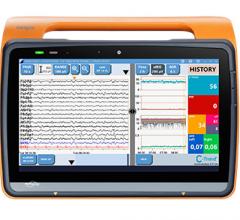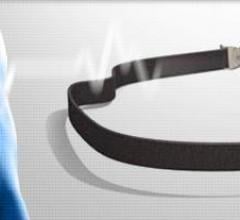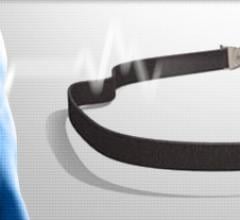November 5, 2010 - A study performed by investigators from the Emergency Department of the Cleveland Clinic Foundation found that a noninvasive cardiac output monitor (NICOM) system is effective in identification of acute heart failure (AHF). The system, by Cheetah Medical, is also effective in differentiating AHF from other acute situations with similar clinical presentations. The study was published last week in the American Journal of Emergency Medicine.
In this study, the Cheetah NICOM Noninvasive Cardiac Output and Hemodynamic Monitoring System was able to distinguish heart failure patients from patients diagnosed with COPD, asthma and dyspnea for other reasons. The FDA-cleared, non-invasive bedside test utilizes a set of four sensors placed on the patient's chest or back. The system was used to monitor patients' hemodynamics around a change in patient position, also known as "orthostatic challenge." The system accurately differentiated between heart failure and other conditions.
"Acute heart failure affects 5.8 million Americans per year, with costs exceeding $33 billion,” said Rakesh Engineer, M.D., FACEP, discipline leader, emergency and undifferentiated care at the Cleveland Clinic Lerner College of Medicine and the study's primary investigator. “Clinical judgment, even when combined with our best biomarkers, produces a diagnostic accuracy of only 82.5 percent. Clearly, new methods to determine the etiology of shortness of breath in emergency patients are needed. This study illustrates the utility of NICOM Bioreactance Technology in differentiating acute heart failure from asthma and COPD.”
"Outcomes in patients presenting to the emergency department with acute shortness of breath are related to appropriate and timely therapy,” said W. Frank Peacock, M.D., FACEP, vice chair, Emergency Medicine Institute, Cleveland Clinic Foundation and the study's senior author. “When therapy is delayed or inappropriate, the acute mortality rate is increased. Our data suggest that an early and accurate heart failure diagnosis can be determined by measuring hemodynamic changes using NICOM Technology."
For more information: www.cheetah-medical.com


 December 26, 2023
December 26, 2023 








